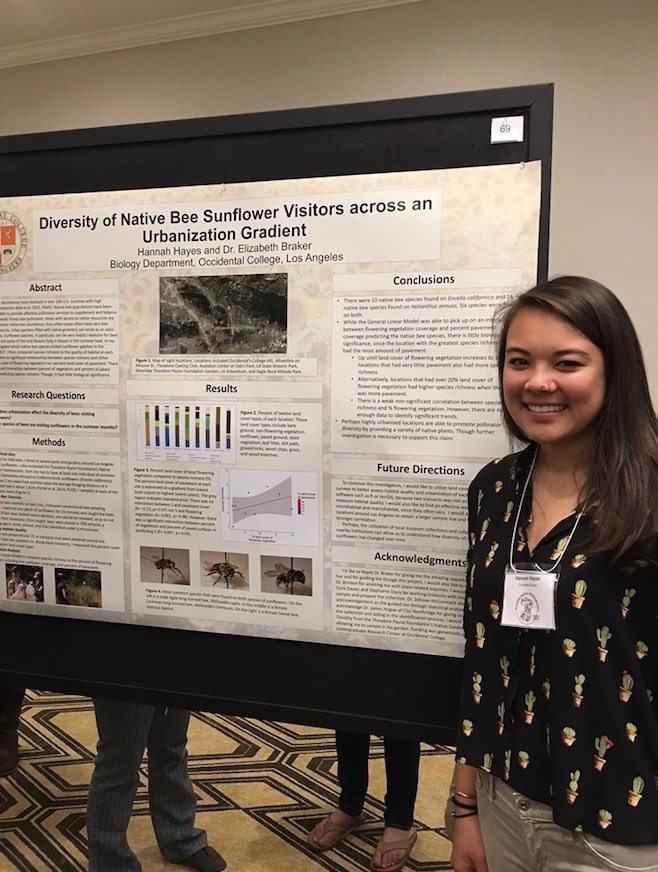Learn about upcoming seminars and events in the biology department.
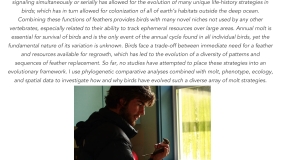
The Spring 2018 Biology Seminar Series continues with Ryan Terrill’s talk, "Evolutionary Interactions of Feather Molt in Birds."
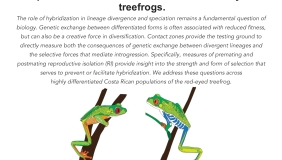
The Spring 2018 Biology Seminar Series continues with Jeanne Robertson’s talk, "The evolution of reproductive isolation along the speciation continuum. Lessons from red-eyed treefrogs."
p.p1 {margin: 0.0px 0.0px 0.0px 0.0px; font: 12.0px 'Helvetica Neue'; color: #454545}
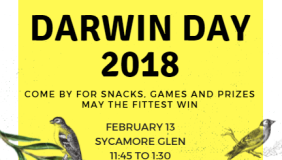
Check out a blog post about undergraduate research by Pavlina Slezak '19!
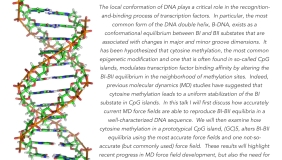
p.p1 {margin: 0.0px 0.0px 0.0px 0.0px; font: 12.0px 'Helvetica Neue'; color: #454545}
The Spring 2018 Biology Seminar Series continues with Paul Nerenberg's talk, "Does cytosine methylation stabilize the BI state of DNA."
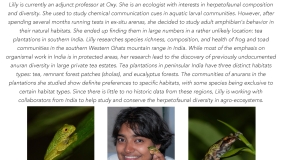
p.p1 {margin: 0.0px 0.0px 0.0px 0.0px; font: 12.0px 'Helvetica Neue'; color: #454545}
The Spring 2018 Biology Seminar Series commences with Lilly Eluvathingal's talk, "Frogs Living on Tea Bushes? A Case Study from the Western Ghats, India."
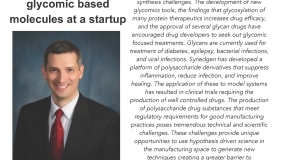
p.p1 {margin: 0.0px 0.0px 0.0px 0.0px; font: 12.0px 'Helvetica Neue'; color: #454545}
The Fall 2017 Biology Seminar Series concludes with Christopher Ryan’s talk, "Drug manufacture of glycomic based molecules at a startup."
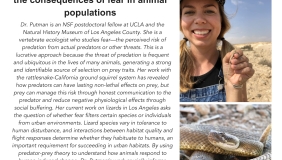
p.p1 {margin: 0.0px 0.0px 0.0px 0.0px; font: 12.0px 'Helvetica Neue'; color: #454545}
The Fall 2017 Biology Seminar Series continues with Dr. Bree Putman’s talk, "From predation to anthropophobia: the consequences of fear in animal populations."
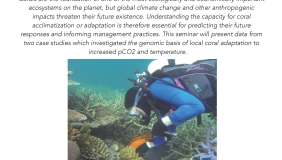
p.p1 {margin: 0.0px 0.0px 0.0px 0.0px; font: 12.0px 'Helvetica Neue'; color: #454545}
The Fall 2017 Biology Seminar Series continues with Dr. Carly Kenkel’s talk, "Coral Ecological Genomics: A Tale of Two Reefs."


